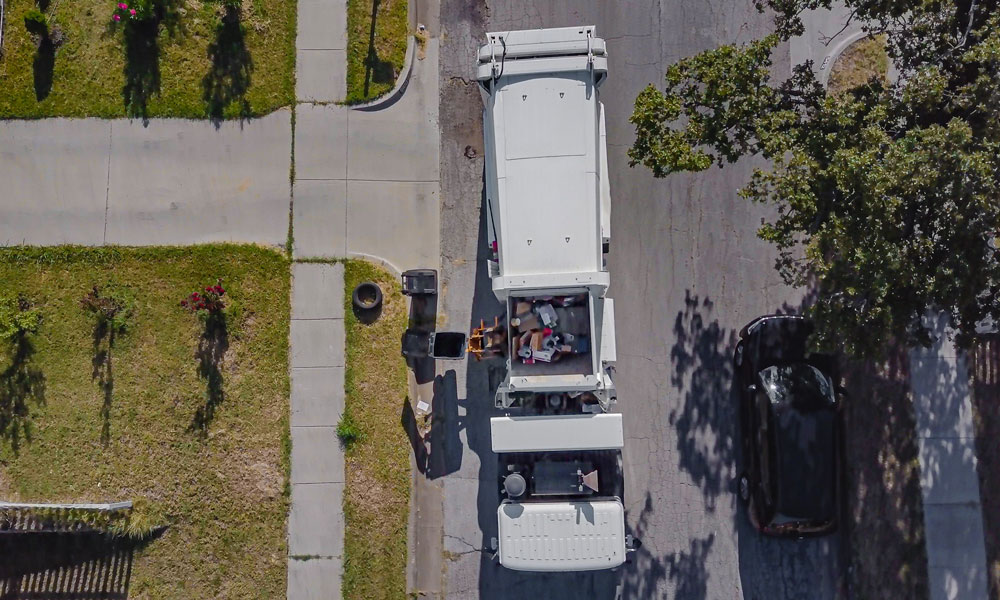Advocating for a Smart Fleet Management System (Part 1 of 3)
Written by:

Don Diego Padilla II
A waste industry fleet management veteran for over 30 years, Don Diego Padilla II is Vice President of Sales at Safe Fleet Waste & Recycling, where he spearheads business and customer development activities.
Written by:

Don Diego Padilla II
A waste industry fleet management veteran for over 30 years, Don Diego Padilla II is Vice President of Sales at Safe Fleet Waste & Recycling, where he spearheads business and customer development activities.
How to champion sustainable change in your waste management organization.
The Case for Fleet Management, Fleet Safety and Risk.
PART 1 of 3
Your search for the right management system
Waste collection fleet managers face increasing pressure to deliver more efficient, responsive, environmentally friendly, and safe services. As a result, there is an increasing demand for “smart” fleet management system technology in the industry. This type of technology:
- Helps a waste & recycling organization stay connected with what’s happening on each truck in-the-moment.
- Enables drivers and back-office resources to coordinate nimble and efficient maneuvers when necessary.
- Presents a completely transparent fleet operation.
Transforming your fleet management system into a smart fleet management system starts with the following steps:
- Research available industry systems. Look at the benefits they deliver and assess their potential impact on your organization.
- Shortlist the systems and compare how their value aligns with your goals: safety, green-results, productivity, customer-focused, etc…
- Pick a winner. Develop a rough cost-benefit-timeline with your vendor-of-choice.
- Make the case to senior management.
- Plan a sensible path forward for you and your system and vendor-of-choice across your fleet and back-office operations.
The lift can be heavy, but the gains are worth it. This series of blog posts will help lead the way by presenting the benefits your fleet can achieve with smart fleet technology. These posts will help you present your case and develop your strategy for a successful, smart technology implementation and adoption.
Pump Up the Safety and Drive Down the Risk
Fleet operators face increased risk of collision, injury and even fatality in day-to-day business. The indirect and direct costs associated with these risks, insurance premiums and legal impacts make fleet safety initiatives a critical concern for fleet managers and senior executives.
A smart fleet management system can pay for itself through the savings it delivers on the safety front alone. It provides real-time driver data for effective issue resolution, constructive feedback, and coaching and recognition.
You’ll increase the success of your smart fleet safety system roll-out if you:
- Provide your fleet managers with real-time visibility into driver activity and behavior.
- Give all departments access to centralized fleet safety performance data for a completely transparent representation of your fleet safety performance.
- Track individual driver behavior patterns. Weigh, and score data, and alert managers when risky behavior is reported.
- Organize data into real-time reports for all safety data, policies, objectives, and initiatives.
Of all the fleet safety components, driver monitoring and the ability to easily score driver behavior is the most important. With limited or no visibility into driver activity, a fleet manager can’t effectively mitigate risk. This lack of visibility directly impacts risk exposure, safety records, and operating costs.
A smart fleet management solution provides critical visibility into truck and driver activity and the path forward to increased fleet safety, improved safety records, improved customer service and lower operating costs.
Map your Fleet for Greater Insight
Fleet mapping improves fleet safety through greater insight. See where a vehicle is relative to towns, cities, highways, streets, or reported events and reconstruct a driver route for improved accident investigation, claim disputes or driver coaching. Verify deviations or unscheduled side trips. View alarm criteria such as speeding or unscheduled side trips.
Get the most from your fleet mapping:
- Track drivers— data and events are geo-coded (GPS) to increase precision as required.
- Understand how vehicles are being handled (hard stopping / quick acceleration / Idling, etc.)
- Determine which drivers consistently generate alarms (and locations of alarms).
- Monitor driver speed in relation to speed limits.
- Plot locations of alarm occurrences.
Reports and Alarms
Evaluate overall fleet and driver activity by collecting relevant and actionable information:
- Graphically view route progress and status in real time.
- Report the exact route each vehicle took for any day.
- Record detailed events during accident situations.
- Proactively monitor various Key Performance Metrics (KPM) with customizable deviation thresholds that automate supervisory alarms.
- Map overall driving patterns and alert managers in real-time.
Accident Investigation
Data captured from these systems helps an operation respond to event claims with accurate and defendable evidence. Disputes are addressed more efficiently, fairly and with less of an impact on your wallet.
When incidents occur—and they will—it is essential to have accurate information for defense against false claims and fair and appropriate consideration in at-fault claims.
A smart fleet management system automatically and continuously records video from every available camera on each truck. Captured video evidence is available for live streaming or archive retrieval. When an incident occurs, a shock detection sensor automatically captures video and sends a recording to the server. The recording captures the 15 seconds leading up to the event and the 15 seconds following it.
Drivers can also record detailed information during their shift with the simple press of a button. In addition to tracking driver activity and reports, vehicle reports monitor vehicle usage, including:
- Recorded events.
- Recorded alarms.
- Vehicle usage.
A smart fleet management solution provides critical visibility into truck and driver activity and a path forward to increased fleet safety, improved safety records, improved customer service and lower operating costs.
Part 2 in our series coming soon, Making the Case for a Smart Fleet Management System: Gaining Increased Operational Efficiency with Smart Fleet Technology
Written by:

Don Diego Padilla II
A waste industry fleet management veteran for over 30 years, Don Diego Padilla II is Vice President of Sales at Safe Fleet Waste & Recycling, where he spearheads business and customer development activities.




































